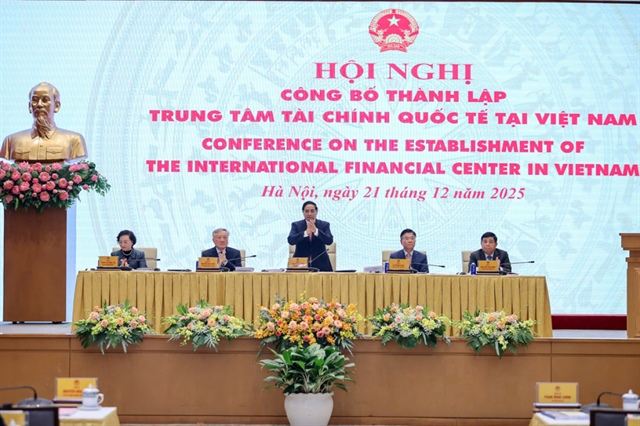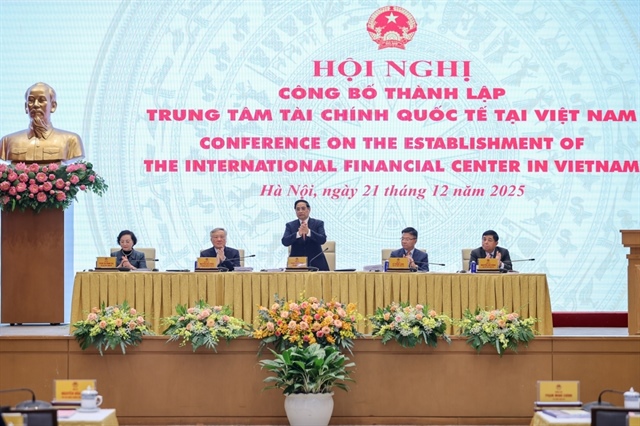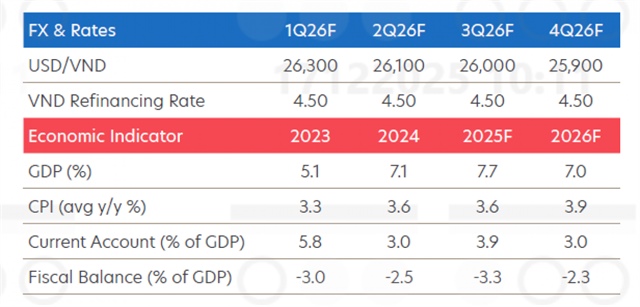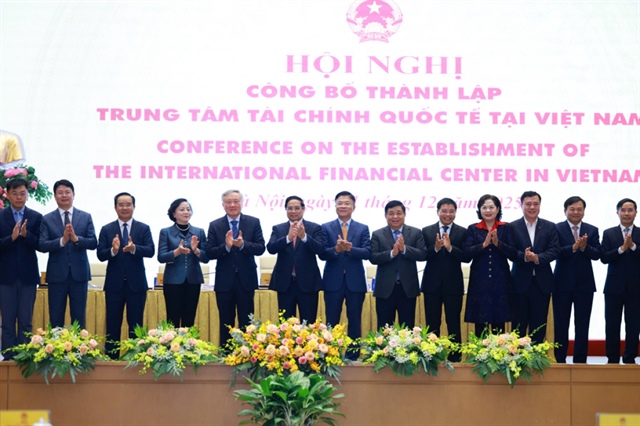Vietnam may cut 50-70 percent of auto taxes and fees
Vietnam may cut 50-70 percent of auto taxes and fees
The high taxes being imposed on automobiles would be cut sharply in a strategy to stimulate the demand and attract the investments to the Vietnamese automobile manufacturing.

The automobile and car part manufacturing has been chosen as one of the industries to receive the Japanese support within the framework of the Vietnam- Japan cooperation program.
After a long period of living in expectation, automobile manufacturers have heard what they want to hear: Vietnam would cut taxes in a strong determination to develop an automobile industry of its own. With the support from Japan, the country with the leading automobile technology, the production in Vietnam would be better, while cars would become cheaper.
The pressure from low-cost ASEAN sourced cars
The Japanese side has asked Vietnam to cooperate in building up an action plan for the Vietnam’s automobile industry development. The action plan would mention the preferential policies to attract investments into the industry.
Sources said the Ministries of Industry and Trade, Science and Technology, Planning and Investment, Japanese Embassy and automobile manufacturers have sent their staffs to a meeting discussing the issue.
The Vietnamese and Japanese sides have agreed that in order to develop an automobile industry, Vietnam needs to create a market large enough for automobile products. The investors would only make investments in Vietnam if they find the market is big enough.
The Japanese side believes that the Vietnamese automobile industry needs to undergo two stages of development. The first one, which lasts from now to 2018, would be the time for Vietnam to lay down the policies to attract and retain manufacturers.
By 2018, Vietnam would have to cut the tariffs on the car imports from ASEAN countries under the mode of complete built units (CBU) to zero percent as per its commitments in the regional agreements. If so, the imports would be cheaper than the domestically assembled cars.
Therefore, Vietnam needs to set up the policies with the preferences attractive enough to retain big manufacturers in Vietnam. If all of the big manufacturers leave Vietnam because their products cannot compete with the imports, Vietnam would not be able to develop its automobile industry.
The second stage of development, which begins after 2018, is the time when Vietnam enters the motorization period with the demand for vehicles rising high. In the period, the manufacturers would speed up their localization plans to increase the percentages of locally made contents.
Taxes would be cut
The Ministry of Industry and Trade has proposed to cut the luxury tax by 30 percent and the car ownership registration tax by 50 percent for the car models with the cylinder capacity of less than 2.0 L. In another option, it has suggested cutting the luxury tax and the car ownership registration tax for less than 2.0 L models, and cutting 70 percent of both kinds of the taxes for the strategic car lines.
Besides, the ministry has suggested imposing the import tariff of zero percent or the floor rates on the car part imports which still cannot be made domestically. At the same time, Vietnam needs to keep the import tariff high for the CBU imports until 2018.
It is expected that the National Assembly would only discuss the amendment of the Luxury Tax Law by the end of 2014.
vietnamnet


























